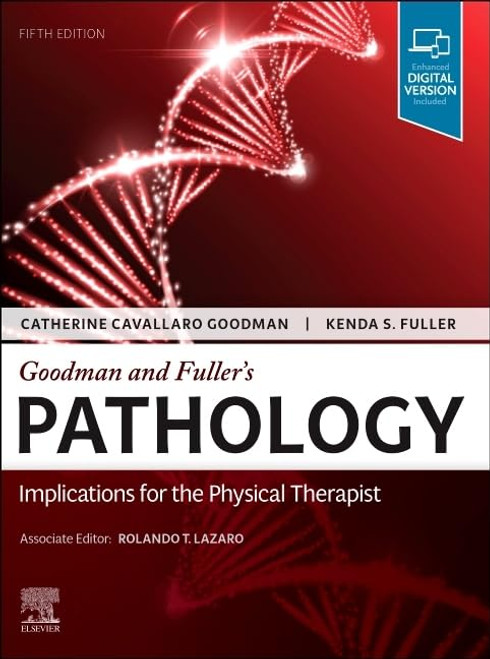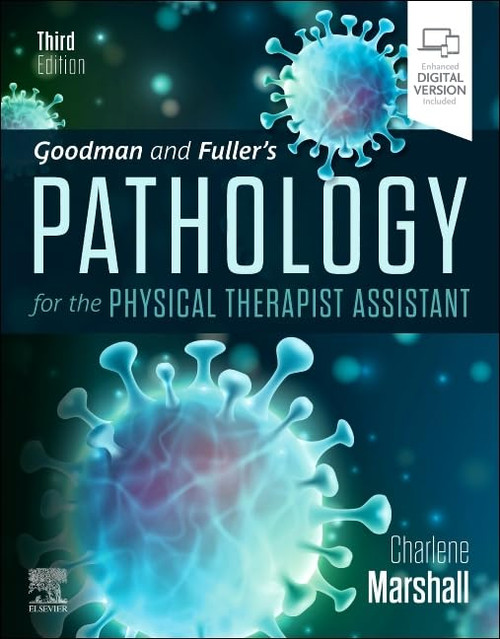The most comprehensive pathology text designed specifically for physical therapists, this book offers guidelines, precautions, and contraindications for physical therapy interventions with clients who have musculoskeletal or neuromuscular problems in addition to other significant medical conditions (such as diabetes, heart disease, pancreatitis, obesity, substance abuse, pneumonia, thyroid problems, etc.) Special implications for therapists are included in each discussion of specific diseases and comorbidities. Therapists can easily look up common illnesses, diseases, adverse effects of drugs, organ transplantation, laboratory values, and much more, to see how the patient's conditions might affect therapy and outcomes. Information about the etiology, risk factors, pathogenesis, and clinical manifestations of each comorbidity helps therapists answer their patients' questions and offer useful patient education.
- Special Implications for the Therapist sections offers specific precautions, contraindications, and considerations for treating patients with any disease or pathologic condition, also addressing the relationship between exercise and disease.
- Up-to-date information on diseases and conditions, including the latest research findings, looks at recent changes in medical testing and treatment reflecting more sophisticated diagnostic imaging and testing.
- Preferred Practice Patterns from the American Physical Therapy Association's Guide to the Physical Therapist Practice are incorporated throughout the text.
- The latest information on the Genome Project is discussed as an important component of pathology.
- Practical tables in the chapter on laboratory tests and values (Chapter 39) help therapists evaluate exercise on the basis of lab values present.
- Biopsychosocial-spiritual concepts are addressed in relation to the therapist's role, examining implications of this new direction for risk assessment, health promotion, and disease prevention.
- Appendices provide general guidelines for preventing the spread of infection (Appendix A) and exercising medically compromised people safely and effectively (Appendix B).
- Three new chapters have been added to this edition: Injury, Inflammation, and Healing (Chapter 5); The Lymphatic System (Chapter 12); and Transplantation (Chapter 20).
- A new emphasis on the influence of exercise on systems, diseases, disorders, and the various conditions discussed.
- A new focus on health promotion and disease prevention aligns the book with Healthy People 2010, the comprehensive program of public health planning which is endorsed by the APTA and highly esteemed in the health care community.
- Twice as many illustrations and photographs in this edition help the reader understand concepts.
- A new chapter on injury, inflammation, and healing (Chapter 5) discusses the mechanisms of cell injury and its implications for the therapist, with special sections on exercise and inflammation, tissue healing, and organ repair.
- A new chapter on the lymphatic system (Chapter 12) addresses complications of treatment (especially radiation and chemotherapy) in patients with cancer, as well as exercise guidelines, education, and home program - featuring additional sections on lymphatic diseases.
- A new chapter on transplantation (Chapter 20) offers guidelines for acute care, activities, and exercise with patients before, during, and after organ transplantation.











